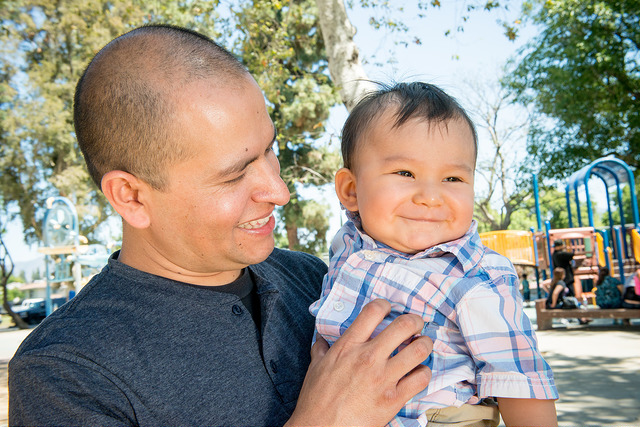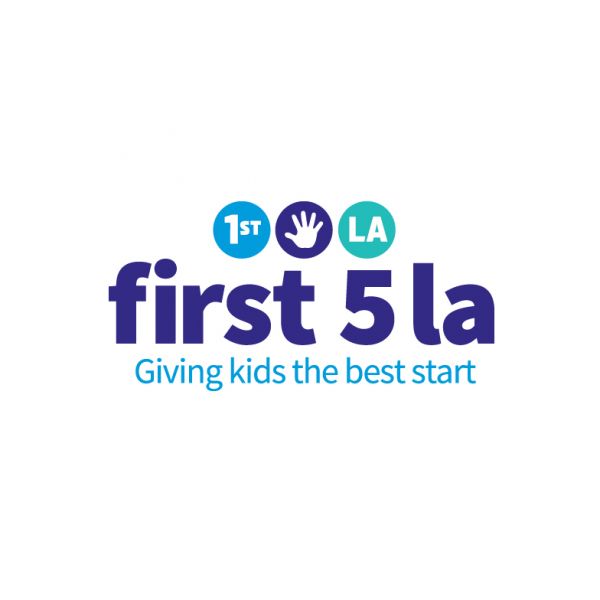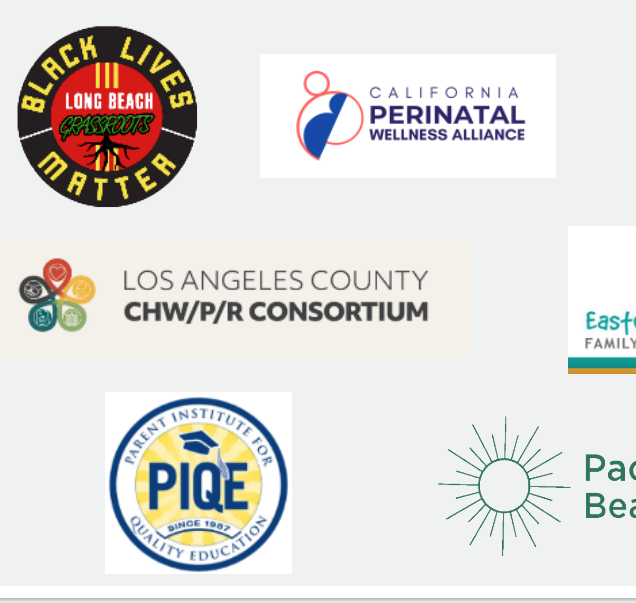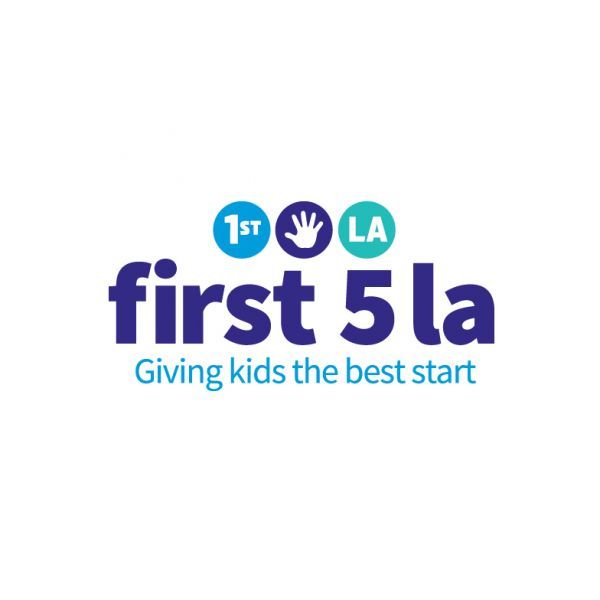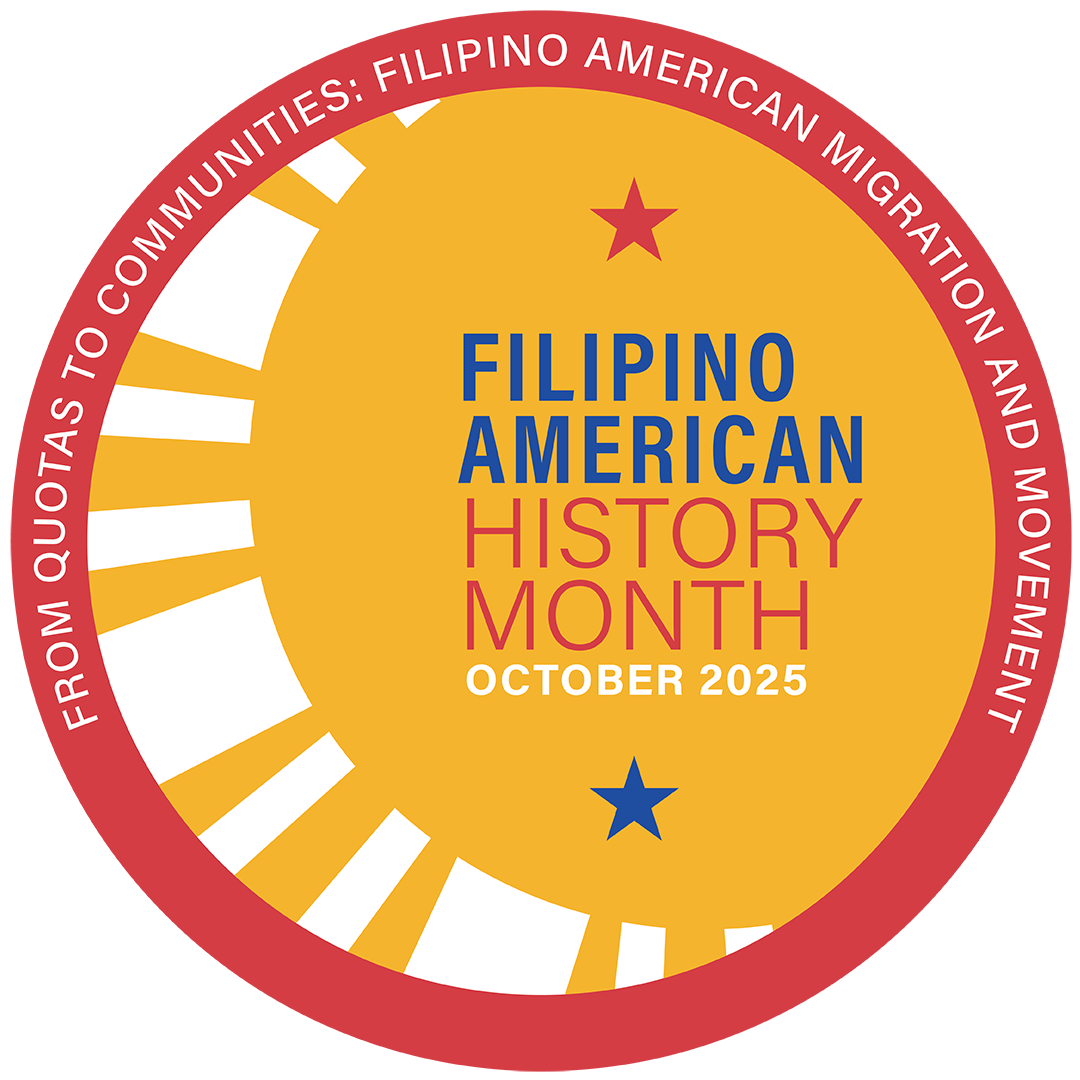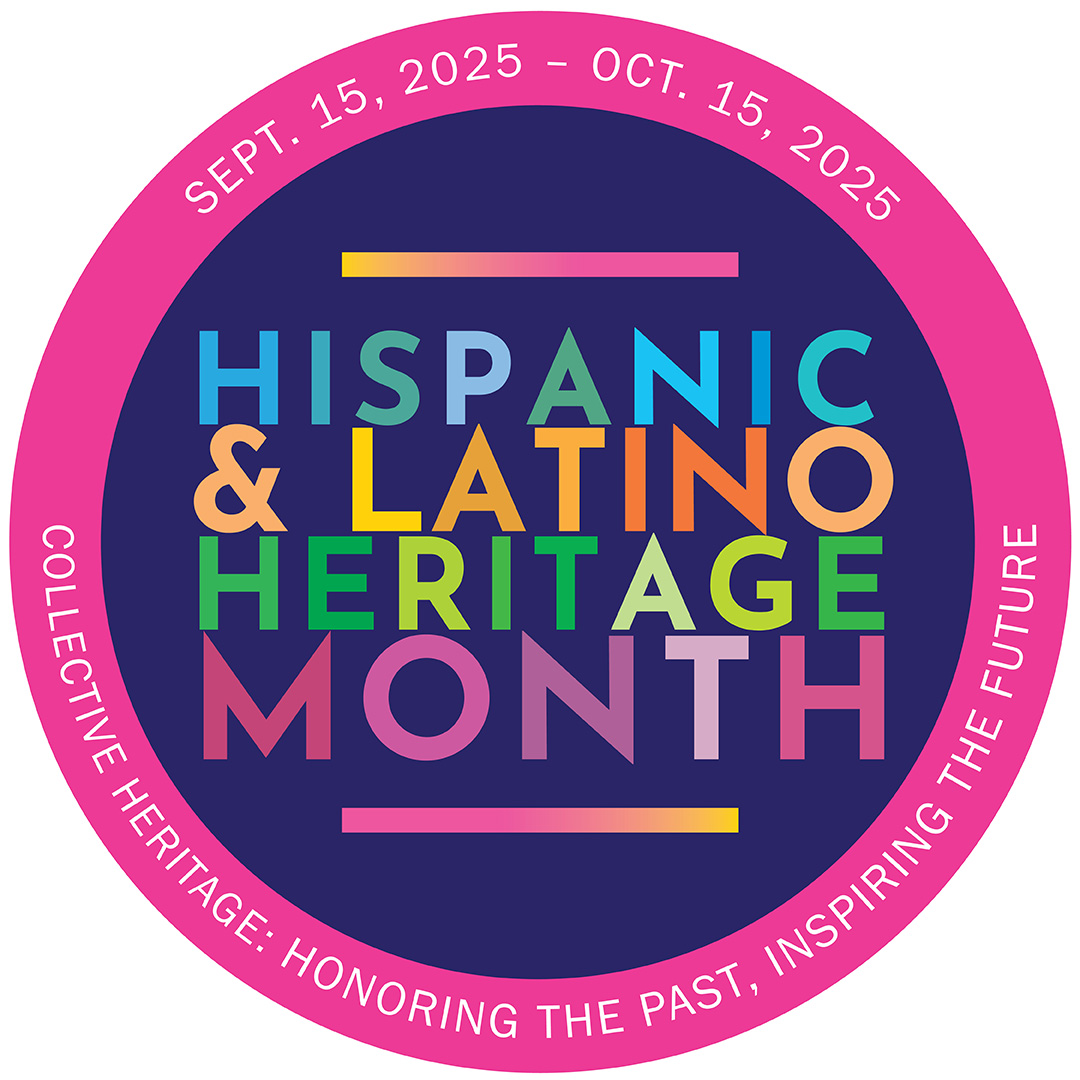Connecting the dots between strengthening families and building community, the latest “snapshot” by the Children’s Data Network (CDN) at the University of Southern California School of Social Work highlights the efforts underway in a number of Best Start Communities and elsewhere to bolster the Protective Factors.
“I think people hear a lot of references to the Protective Factors but don’t really understand what that looks like in community settings, so we wanted to start to unpack that for multiple audiences, including policymakers,” said Cheryl Wold, founder of Wold & Associates and author of the CDN snapshot, “Protective Factors in Practice: Promising Efforts in Los Angeles Communities”.
“Protective Factors are a very sophisticated concept. What we’re trying to show is that they are very basic” -Cheryl Wold
The Center for the Study of Social Policy’s research shows that when parents/caregivers have certain skills and supports, child outcomes improve. These skills and supports are known as “Protective Factors.” First 5 LA interprets these Protective Factors as the ability of parents and caregivers to:
- Manage stress
- Have positive relationships and social connections
- Understand how a child develops and their role in supporting his growth
- Provide positive environments for their children
- Have access to concrete support in times of need
“Protective Factors are a very sophisticated concept,” Wold added. “What we’re trying to show is that they are very basic.”
With funding in part from First 5 LA, the CDN has been working during the last year to develop a series of six Connecting the Dots “Snapshots” that combine data with stories that reveal the health and well-being of children, families and communities in Los Angeles County.
“The Connecting the Dots project is the result of a cross-sector partnership committed to making data and research accessible to those engaged in the development of public policy and the delivery of programs for children and families,” said First 5 LA Research Analyst Pegah Faed.
Specifically, the latest CDN Protective Factors snapshot highlights efforts to incorporate high-quality early care and education (ECE) into local community-building and family-support strategies at the Friends of the Family’s Parent Child Early Learning Lab in North Hills and in the Best Start Communities of Lancaster, Palmdale, Northeast Valley and Compton-East Compton.
 Best Start is a First 5 LA initiative that brings together parents and caregivers, residents, organizations, businesses, government institutions and other stakeholders to collectively build a vision and develop strategies to create the best possible community for young children and their families. Best Start strengthens the Protective Factors in families by empowering parents and caregivers to build their skills, increase social connections, improve links to local resources and build community capacity.
Best Start is a First 5 LA initiative that brings together parents and caregivers, residents, organizations, businesses, government institutions and other stakeholders to collectively build a vision and develop strategies to create the best possible community for young children and their families. Best Start strengthens the Protective Factors in families by empowering parents and caregivers to build their skills, increase social connections, improve links to local resources and build community capacity.
According to the CDN, strengthening families and improving the Protective Factors is considered a critical component of high-quality early care and education (ECE), making it an important catalyst for connecting families, building community, and ultimately preventing child maltreatment.
“They show that everybody needs support and a community network” -Cheryl Wold
Among the key ECE-related efforts from the Best Start communities highlighted in the report:
- The Northeast Valley Best Start Community Partnership held a series of workshops tailored for parents and ECE providers. Topics included building parental resilience (a key to increasing Protective Factors), identifying the components of high quality child care, helping ECE providers develop cultural competencies and more.
- The Best Start Palmdale and Best Start Lancaster Community Partnership developed a strategy to help members become more knowledgeable about ECE and preschool issues, strengthening civic engagement towards increasing resources and preschool openings in the Antelope Valley. The Best Start Palmdale Community Partnership also aims to ensure that children are ready for kindergarten by strengthening the capacity of families to navigate local educational and resource systems.
- Through their own community-based participatory research, Best Start Compton-East Compton Community Partnership members identified a severe overall lack of ECE resources in the community and limited licensing, education and credentials among existing ECE providers. The group responded by utilizing the Building Stronger Families Framework to help create stronger, more connected families to discuss ECE issues and build advocacy skills.
“I think these snapshots reveal how differently these community efforts are pulling people together, organizing people and building these networks,” Wold said. “They show that everybody needs support and a community network.”
To read all six Connecting the Dots snapshots, click here.
